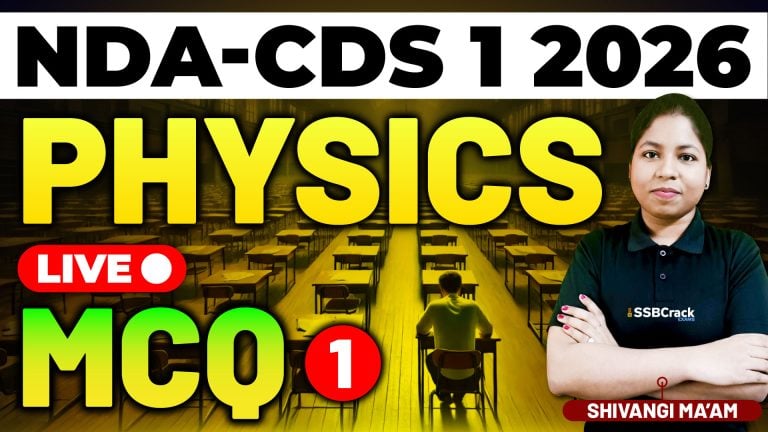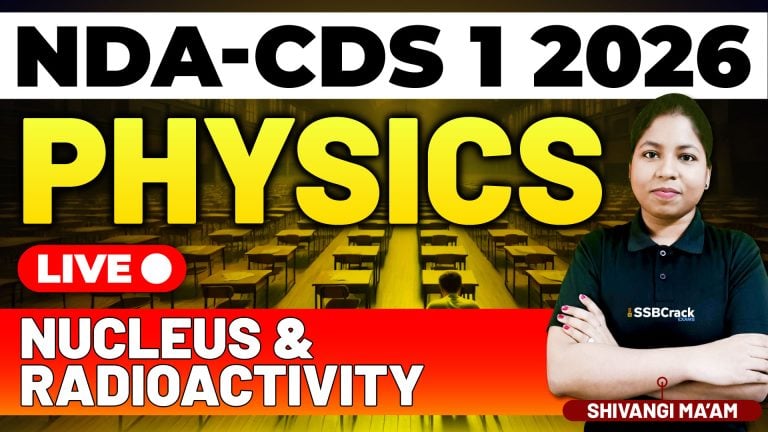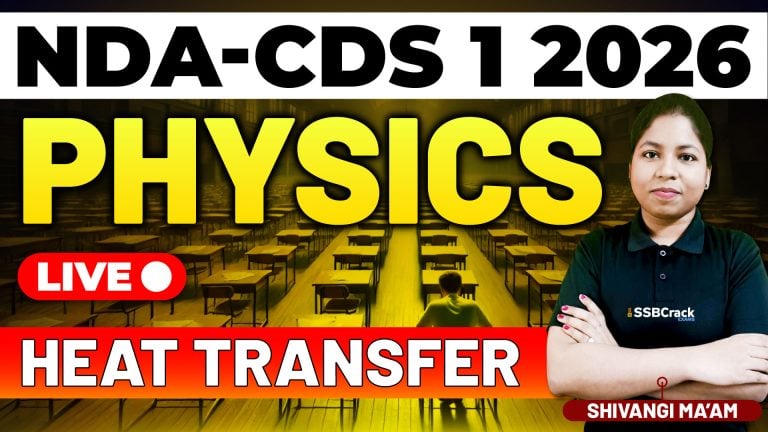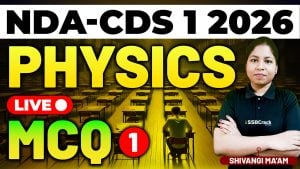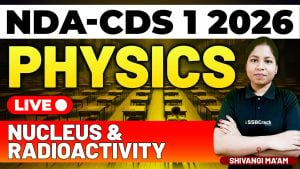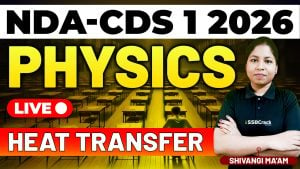A recent class on Trigonometry was held for students preparing for the National Defence Academy and Naval Academy (NDA-NA) Exam – Paper I (Maths), with a specific focus on the Properties of Triangles. The discussion covered crucial sub-topics like the sine rule, cosine rule, and the calculation of the area of a triangle, all of which play a significant role in mastering trigonometric problems related to geometry.
In this blog, we’ll review the essential elements discussed in the class, along with strategies to effectively prepare for these topics and score well in the NDA-NA exam.
Class Overview: Key Concepts in Properties of Triangles
The class was structured to introduce and reinforce key trigonometric principles related to triangles. This foundation is crucial for solving geometry-based trigonometric problems that are frequently asked in the NDA-NA exam. Here are the main sub-topics that were covered:
1. Properties of Triangles
A strong understanding of the properties of triangles is foundational for trigonometric problems. These properties not only help in solving triangles but also in connecting trigonometric formulas to geometric shapes.
The class touched on:
- Classification of triangles based on sides and angles (such as equilateral, isosceles, and scalene triangles).
- The concept of interior and exterior angles, which is critical when applying trigonometric rules to triangles.
By understanding these fundamental properties, students were able to see how trigonometric functions are applied to calculate unknown angles and sides of triangles.
2. The Sine Rule
The sine rule (also known as the Law of Sines) connects the sides and angles of any triangle, making it a powerful tool for solving triangles where we know either two angles and a side or two sides and a non-included angle. This rule was highlighted as particularly useful when dealing with non-right triangles, which are common in the NDA-NA exam.
In the class, the instructor illustrated how to apply the sine rule step by step, encouraging students to practice problems to understand its applications fully.
3. The Cosine Rule
The cosine rule (Law of Cosines) was another focal point of the class. This rule is particularly helpful for finding an unknown side of a triangle when the other two sides and the included angle are known, or for finding an angle when all three sides are known.
The instructor emphasized that the cosine rule is often necessary when the sine rule cannot be applied, especially for solving non-right-angled triangles. Several examples were solved, showing how this rule allows for the calculation of angles and sides that are otherwise difficult to determine.
4. Area of a Triangle
The class also focused on various ways to calculate the area of a triangle, especially using trigonometric principles. In addition to the common base-height formula, the class explored how to find the area using trigonometric functions when given certain angles and sides.
Understanding how to calculate the area of a triangle using trigonometric properties is important for the NDA-NA exam, where questions often ask for the area in terms of angles and sides, rather than simple base-height values.
Strategies for Preparing Properties of Triangles for NDA-NA Exam
The properties of triangles and their connection to trigonometry are crucial for the NDA-NA exam. Below are some effective strategies to ensure thorough preparation for this topic:
1. Master the Basics of Triangles
Before diving into advanced trigonometric applications, ensure that you have a solid understanding of the basic properties of triangles. Review different types of triangles, their angle properties, and how the sum of angles in a triangle behaves. These fundamentals will support your understanding when applying the sine and cosine rules.
Familiarize yourself with key concepts such as the exterior angle theorem, angle bisectors, and triangle inequality properties. These can sometimes serve as helpful tools when solving more complex trigonometric problems in triangles.
2. Practice the Sine and Cosine Rules Extensively
The sine and cosine rules are central to solving triangle problems in the NDA-NA exam. Make sure you understand the conditions under which each rule applies and practice applying them to a variety of problems.
Start by solving basic problems where the rules are applied directly, then move on to more complex questions involving multiple steps or different triangles. This will improve your ability to quickly identify which rule to apply in a given scenario.
One important tip shared during the class was the importance of interpreting the triangle correctly—especially in identifying the known values (angles or sides) and then deciding the appropriate rule.
3. Work on Time Management
In exams like NDA-NA, time is a critical factor. Solving triangle problems, especially when using trigonometric rules, can sometimes be time-consuming. The key to efficiency is practice. The more you practice, the quicker you’ll become at recognizing which rule to use and how to proceed with the solution.
The instructor also suggested focusing on shortcuts and techniques that can save time. For example, for certain common triangle configurations, memorizing specific trigonometric ratios and their applications can help in speeding up problem-solving.
4. Solve Previous Years’ MCQs
A large part of the class discussion was focused on multiple-choice questions (MCQs) from previous NDA-NA exams. These questions provide insight into the types of problems you can expect, as well as the level of difficulty. Solving past exam papers is one of the best ways to prepare, as it familiarizes you with the exam format, boosts your confidence, and helps you manage your time effectively.
Make it a habit to practice at least 10 to 15 MCQs daily from previous years, especially those involving the properties of triangles, sine and cosine rules, and the calculation of the area of triangles. This will give you a strong understanding of how to approach such questions in the actual exam.
5. Understand the Application of Formulas
Formulas are at the heart of solving trigonometric problems, but they should not be blindly memorized. It’s important to understand why and how these formulas work. In the class, the instructor explained the logic behind the sine and cosine rules and how they relate to the properties of triangles.
For the NDA-NA exam, it’s crucial to not only know the formulas but also understand their derivation and application. This understanding will help you in situations where the problem might not be straightforward but requires some critical thinking.
6. Focus on Visualization
Trigonometry is very much a visual subject. When dealing with triangles, always try to sketch the problem on paper. Even a rough sketch can provide valuable insights into the relationships between sides and angles. By visualizing the problem, you will find it easier to apply the correct rules and formulas.
Make sure to practice drawing diagrams and labeling them correctly. This will help you organize the given information and prevent mistakes during the exam.
Conclusion: Mastering Trigonometric Properties of Triangles
The recent class on Trigonometric Properties of Triangles provided valuable insights into how to approach this topic for the NDA-NA exam. Understanding the sine rule, cosine rule, and how to calculate the area of triangles using trigonometric methods is essential for solving a wide range of problems.
By mastering these topics, focusing on efficient problem-solving strategies, and consistently practicing MCQs, students can significantly enhance their ability to handle trigonometric problems related to triangles. Remember that time management, understanding formulas, and visualizing problems are key elements of success.
With thorough preparation and regular practice, you can confidently approach the trigonometry section of the NDA-NA exam and maximize your performance.
Good luck with your preparation!


